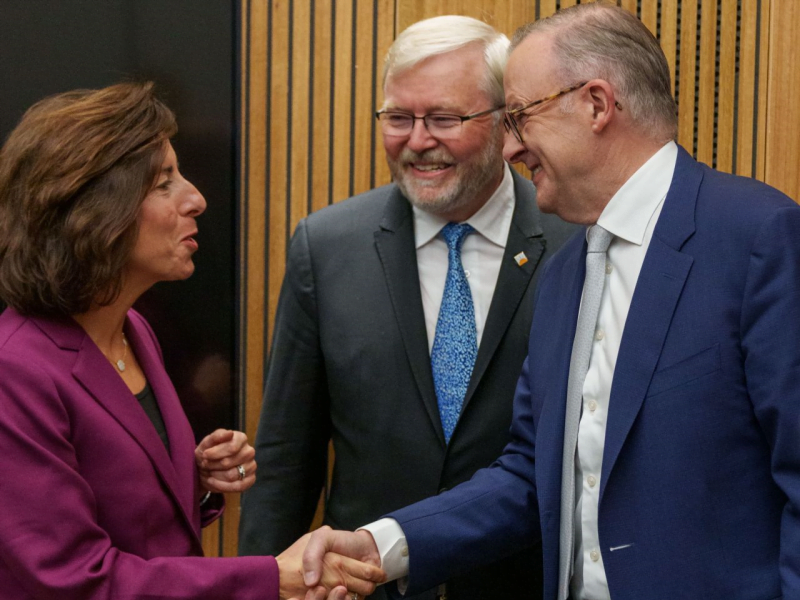An additional $2 billion has been added to the federal government’s Critical Minerals Facility, as announced by Prime Minister Anthony Albanese during his visit to the United States.
The commitment doubles the Export Finance Australia-managed facility to $4 billion. The facility targets downstream processing of critical minerals and other projects that align with the federal government’s critical minerals strategy.
When combined with the National Reconstruction Fund’s $1 billion value-adding in resources sub-fund and other related programs, the federal government says it is providing $6 billion worth of support to ‘value-adding investments in Australian resources.
The Business Council of Australia welcomed the financing on Wednesday, with chief executive Bran Black describing it as a “win-win for both countries and an enormous opportunity for Australian businesses”.
Mr Black also highlighted that the goal must be to “drive greater investment in Australian projects, including from the US”.
“The US has 50 minerals on its critical minerals list and Australia has 26. There is an opportunity to consider greater alignment and, in this regard, we are pleased the federal government is finalising its review of Australia’s critical minerals list,” Mr Black said.

Before the announcement on Wednesday (AEDT) morning, most of the original $2 billion facility had been committed under the former Coalition government. At the start of 2022, the former Coalition government committed $1.25 billion through the facility to Perth-based Iluka Resources’ Eneabba Refinery Project, an integrated rare earths refinery.
The former government also committed two loans, worth an overall $239 million, for purified graphite projects being developed by EcoGraf Limited in Western Australia and Renascor Resources in South Australia.
The Australian government expects critical minerals exporters to experience flow-through benefits by supplying to projects that draw on the US Inflation Reduction Act, which provides generous incentives for clean and renewable technology manufacturing.
In May, the Prime Minister signed a Critical Minerals Compact, with the inaugural meeting of the Australia-US Taskforce on Critical Minerals — an initiative under the compact — occurring on Monday.
At an Australian Innovation Showcase held in Washington, the Prime Minister heralded “a world of opportunity” in the partnership between the United States and Australia “particularly in fulfilling the new third pillar of our alliance: climate and clean energy”.
“A central focus of our engagement with the Biden Administration this week is building stronger connections between Australian critical minerals and clean energy technology and American markets, investors and innovators,” Mr Albanese said.
He again boasted Australia’s abundant stores of “the building blocks of the clean energy economy: rare earths and critical minerals, lithium, cobalt, copper”.
At the opening of a Critical Minerals and Industry roundtable on Wednesday morning, United States Secretary of Commerce Gina Raimondo said it was important to strengthen the US-Australia relationship on critical minerals to catch up with China’s dominance of the processing supply chain.
“China has a head-start and that means we have to work a little harder and a little faster. They have the technology and sustained investment over a long period of time, particularly in midstream processing and refining to dominate the market for critical minerals. And we all know, if China were to point that new direction unfavourable to us, it can cause a great deal of pain, very quickly,” Ms Raimondo said.
“And so, we have a job to make sure that doesn’t happen by drawing closer to one another and becoming less vulnerable. I’d say most troublingly, they’ve shown a willingness to employ export restrictions on critical minerals as a retaliatory measure.
“We’ve seen what’s happening with germanium and gallium and most recently, graphite. So what I would say is, it’s on us to work more closely as allies and as between government and private sector in the extraction, refining, processing in the whole chain.”
When the national critical minerals strategy was updated in June, the government stressed the need to work with ‘likeminded’ international partners to shift the critical minerals supply chain concentration away from China.
The federal government is currently finalising an update to its critical minerals list and is due to release a national battery strategy soon.
Do you know more? Contact James Riley via Email.

